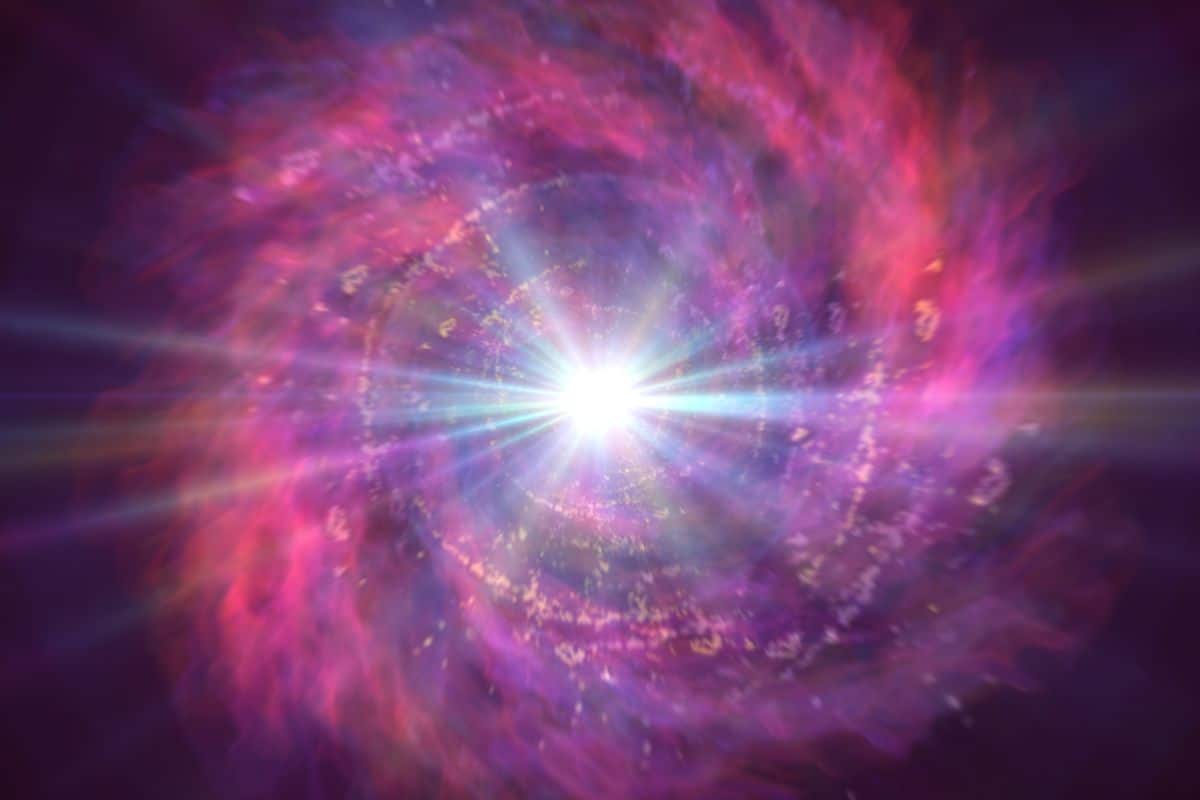
For many years, Type Ia supernovae have served as essential benchmarks for gauging the universe’s expansion. These colossal stellar explosions are utilized as “standard candles” in cosmology, enabling astronomers to uncover the accelerating expansion of the cosmos and leading to the identification of dark energy.
Now, an innovative dataset featuring 3,628 Type Ia supernovae—nearly twice as many as previously recorded—has the potential to transform our comprehension of cosmic evolution.
A Transformative Dataset
The Zwicky Transient Facility (ZTF), an astronomical observatory in California, has recently unveiled an extraordinary dataset on supernovae. The findings, detailed in an Astronomy & Astrophysics publication, constitute the most extensive examination of Type Ia supernovae to date.
According to Mathew Smith, a co-lead on the ZTF supernova project from Lancaster University, this represents a “revolutionary dataset for supernova cosmology.” The remarkable number of observed supernovae allows scientists to refine their calculations of cosmic expansion with exceptional accuracy.
For over three decades, astronomers have honed their methods for using Type Ia supernovae as distance indicators in the universe. Initially, their brightness readings varied by approximately 40%, but with statistical corrections, this uncertainty has been reduced to a mere 7%. The new dataset is expected to further enhance this precision, solidifying the role of supernovae as trustworthy tools in cosmology.
Understanding Type Ia Supernovae
Type Ia supernovae occur when a white dwarf, a compact remnant of a deceased star, accumulates material from a companion star until it achieves a critical mass, resulting in a thermonuclear explosion.
Despite their critical role in astronomical research, many aspects of these supernovae remain elusive. Researchers are still debating whether white dwarfs always detonate at a specific mass or if other influences contribute to the explosion.
The dataset from ZTF enhances our understanding by capturing several supernovae within hours of their explosion, providing vital insights into their early development. Kate Maguire, a professor at Trinity College Dublin, states, “We have recorded multiple supernovae shortly after their explosion, offering new insights into their final moments.”


Are Our Cosmological Theories Under Question?
This new dataset emerges during a pivotal time for cosmologists who are facing a significant challenge known as the Hubble tension. This term describes a discrepancy between various methods of measuring the universe’s expansion rate.
Using Type Ia supernovae, astronomers derive a higher Hubble constant (the rate of cosmic expansion) compared to estimates made using data from the cosmic microwave background, the residual radiation from the Big Bang.
This inconsistency indicates there may be gaps in our understanding of cosmic growth. Some scientists speculate that dark energy, the enigmatic force propelling the accelerated expansion of the universe, might behave in unexpected ways.
Progress Toward Unraveling Cosmic Puzzles
A notable advantage of this dataset is its capacity to diminish systematic uncertainties present in earlier measurements. Much of the supernova data has been sourced from various surveys, each employing distinct instruments and calibration methods, leading to inconsistencies. In contrast, the ZTF dataset provides a singular, uniform sample that greatly minimizes such discrepancies.
Mickael Rigault, head of the ZTF cosmology team, underscores the importance of this work: “Over the past five years, a group of thirty global experts has meticulously collected, compiled, and analyzed these data.”
He continues, “This unique sample, distinguished by its size and uniformity, is expected to have a substantial impact on the field of supernova cosmology and pave the way for numerous groundbreaking discoveries.”
With thousands of new low-redshift supernovae—those relatively near Earth—this dataset provides a clearer perspective on how the expansion rate evolves through time. Should discrepancies in earlier measurements continue to persist, astronomers may have to rethink the fundamental laws of physics as we comprehend them.









